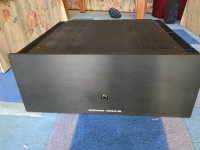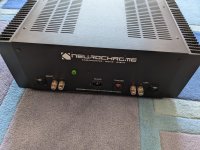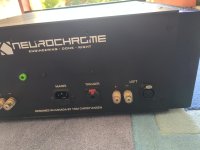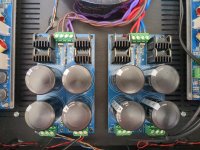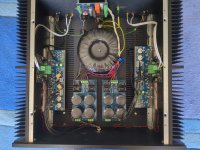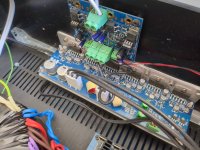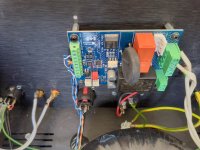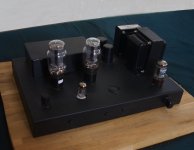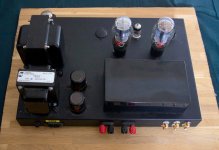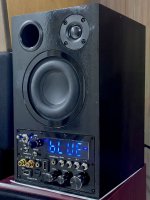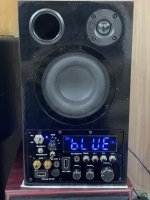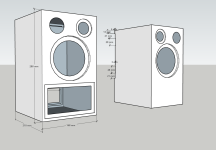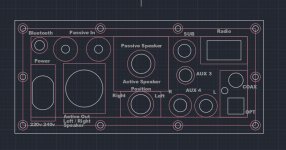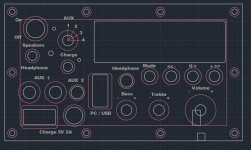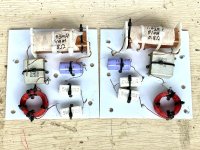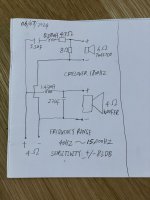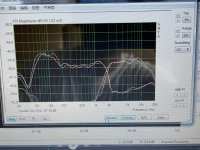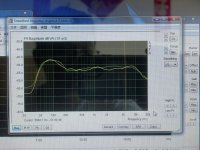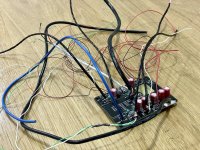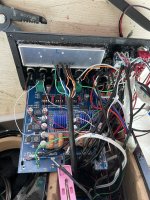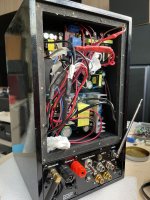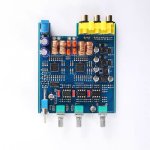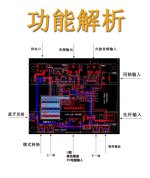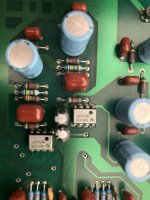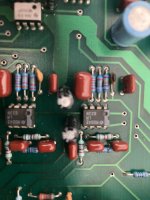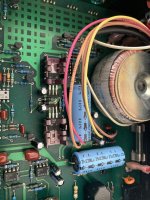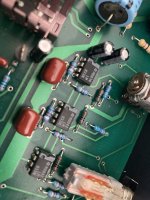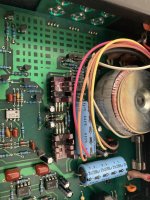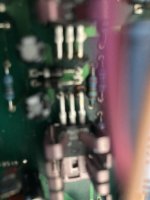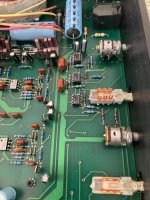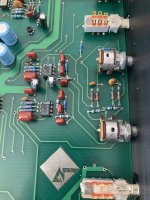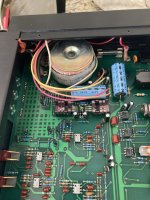NAD 3020
The NAD 3020 amplifier, introduced in 1978 by New Acoustic Dimension (NAD), is a landmark in hi-fi audio history. Designed by Bjørn Erik Edvardsen, the NAD 3020 was a game-changer, challenging the notion that high-quality sound required a significant financial investment. At the time, the audio market was dominated by expensive, high-powered amplifiers. The NAD 3020, with its modest price and minimalist design, revolutionized the landscape by offering exceptional sound quality to a broader audience.
The NAD 3020 quickly gained a reputation for its remarkable performance. Despite its modest power rating of 20 watts per channel, it delivered much higher dynamic headroom, allowing it to handle musical peaks with impressive clarity and power. This capability enabled the amplifier to compete with higher-powered models, providing an audio experience that defied its wattage. Another key feature was its high current capability, crucial for driving difficult speaker loads and controlling speaker cones with precision. This resulted in detailed and accurate sound reproduction, making the NAD 3020 suitable for a wide range of speakers and musical genres.
A significant draw for vinyl enthusiasts was the integrated high-quality phono stage, which allowed turntables to be connected directly to the amplifier, offering a warm and rich analog sound without the need for an external phono preamp. The design simplicity of the NAD 3020, both externally and internally, contributed to its superior performance. By keeping the signal path clean and using high-quality components where it mattered most, NAD ensured the amplifier could deliver pure and uncolored sound, enhancing its reliability and longevity.
The most celebrated aspect of the NAD 3020's sound was its musicality and warmth. Renowned for its ability to reproduce music with a sense of rhythm and timing, it made listening enjoyable and engaging. Its warm sound signature added richness to the audio, making it a favorite among audiophiles and casual listeners alike. The NAD 3020 remains an iconic piece of audio equipment, revered for its groundbreaking approach to sound quality and affordability. Its unique blend of power, high current capability, and musical warmth set it apart from other amplifiers of its time, contributing to its legendary status. Decades after its introduction, the NAD 3020 continues to inspire and influence modern amplifier design, cementing its place in the annals of hi-fi history.
NAD 2150
The NAD 2150 amplifier, introduced in the early 1980s, is part of NAD's legacy of producing high-quality, affordable audio equipment. It employs the same foundational design concepts that made the NAD 3020 a legend in the audio world. Both amplifiers feature a singleton input stage with a constant current source, which ensures stable and low-noise operation. Next stage - VAS (voltage amplification stage) is using complimentary feedback transistor pair, which enhances linearity and reduces distortion, allowing for a more accurate and musical sound reproduction. And finally, both models utilize an emitter follower class AB output stage, providing a balanced mix of efficiency and sound quality.
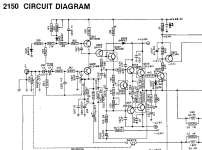
However, a significant enhancement in the NAD 2150 is its use of higher current capability output transistors. These transistors enable the 2150 to drive more demanding speaker loads with greater control and robustness, resulting in improved performance, especially with contemporary, power-hungry speakers.
Another notable difference between the NAD 2150 and its predecessor is the absence of the preamp section in the 2150. While the NAD 3020 included a preamp, making it a versatile all-in-one solution, the 2150's omission of this section makes it particularly well-suited for modern audio setups. This design choice allows users to feed the signal directly from modern DACs and other high-quality sources without the additional signal path introduced by an integrated preamp. As a result, the NAD 2150 can offer a purer and more direct signal, aligning perfectly with the preferences of today's audiophiles who often favor streamlined, minimalistic systems for the highest fidelity audio reproduction.
Singelton input stage
The singleton input stage, as utilized in amplifiers like the NAD 3020, offers distinct advantages that contribute to its enduring appeal in audio design. Unlike the differential pair, which typically involves two transistors, the singleton input stage simplifies the circuitry. This simplicity often results in lower overall noise and distortion levels, crucial for preserving the fidelity of audio signals. Additionally, the singleton configuration can offer better phase accuracy and transient response, allowing for a more accurate portrayal of the original audio waveform. These characteristics make the singleton input stage particularly well-suited for applications where high-fidelity reproduction and transparency are paramount.
However, it's essential to acknowledge that the singleton input stage has drawbacks compared to the differential pair. One notable limitation is its typically lower common-mode rejection ratio (CMRR) compared to differential configurations. This means it may be more susceptible to common-mode noise and interference, potentially impacting signal quality in environments with electrical noise. Additionally, the thermal stability and matching characteristics of the singleton input stage may not be as robust as those of differential pairs, which can affect performance consistency over varying operating conditions.
Despite these considerations, the NAD 3020 amplifier's historical success and revered sound quality stand as testament to the effectiveness of the singleton input stage when implemented with careful design considerations. The 3020's ability to deliver clean, natural sound with minimal coloration has solidified its place in audio history and continues to influence modern amplifier designs. Its enduring popularity underscores the viability and effectiveness of the singleton input stage in achieving high-quality audio reproduction, showcasing its strengths in the context of critical listening environments and audiophile preferences.
My story
After immersing myself in the rich history and technical details of vintage hi-fi equipment, particularly the NAD 3020 and its successor, the NAD 2150, I decided to delve deeper into this world by acquiring a NAD 2150 amplifier.
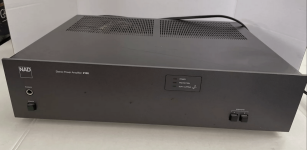
Intrigued by its renowned design principles I sought to explore its inner workings further. I obtained the service manual, complete with schematics, and delved into understanding how these components interact to produce the amplifier's distinctive sound.
Driven by curiosity and a passion for electronics, I took my exploration a step further by simulating the NAD 2150's circuit layout using LTSpice, a circuit simulation software. This exercise not only deepened my understanding of amplifier design but also allowed me to visualize how different components contribute to its overall performance. Sketching the circuit in LTSpice was both educational and enjoyable, providing insights into the amplifier's behavior under various conditions.
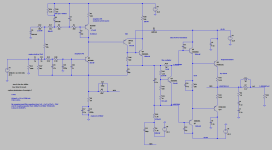
For those brave enough to open the amp and solder a few capacitors a significant improvement can be made by swapping input filter capacitors to 22uF + 22uF and DC coupling capacitor to 4700uF resulting in 0.002% THD@1kHz.
